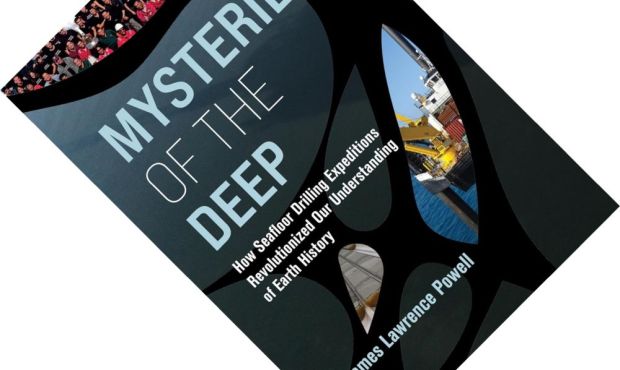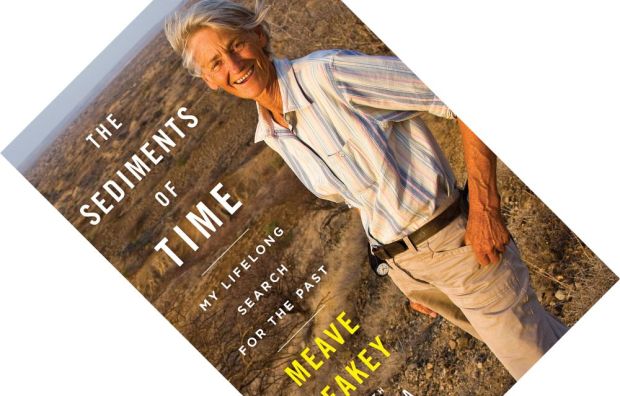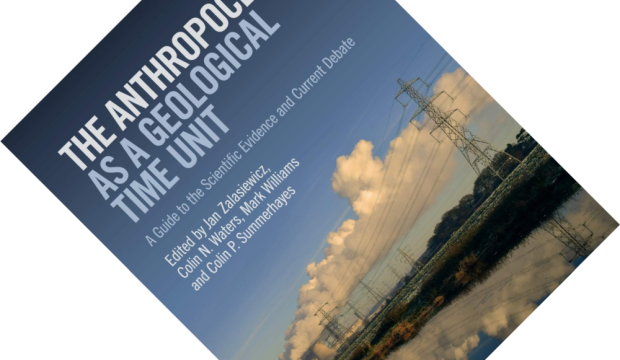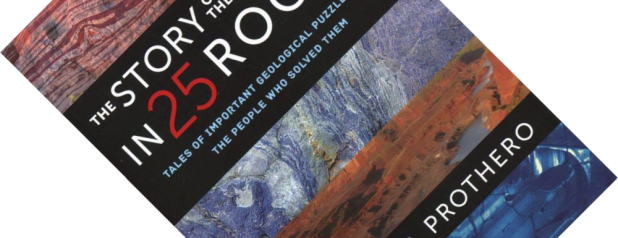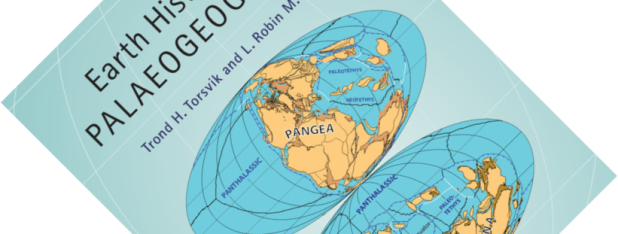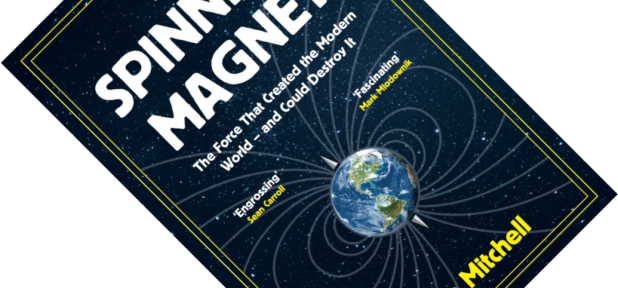7-minute read
keywords: earth sciences, history of science, oceanography
Many advances in the earth sciences have come from one particular feat of technology and engineering: deep-sea drilling. Or to be more precise, it is the sediment cores thus extracted from the seafloor that have offered a wealth of information. In Mysteries of the Deep, retired geologist James Lawrence Powell gives a very readable whistlestop tour of the many remarkable insights these drilling expeditions have given us. In the process, he provides a microcosm of how science advances and how scientists change their minds, or sometimes fail to, in the face of new evidence.

